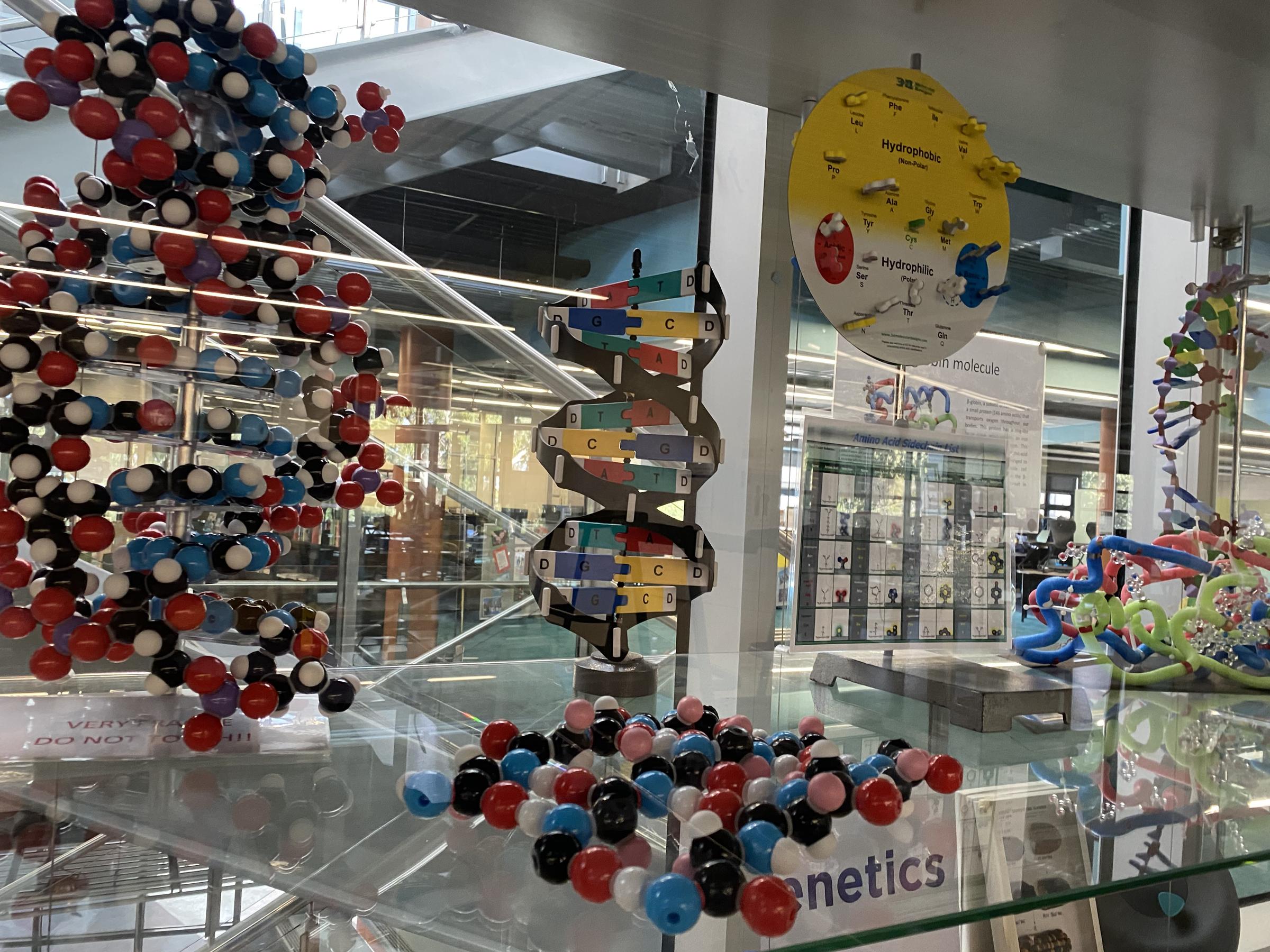More Articles of Interest

3D-Printed 'Invisible' Fibers Can Sense Breath, Sound, Biological Cells
University of Cambridge (U.K.)Sarah Collins
September 30, 2020
Researchers at the U.K.'s University of Cambridge used three-dimensional (3D) printing to manufacture ultra-thin electronic fibers invisible to the naked eye, as part of the process of building contactless, wearable, portable respiratory sensors. The devices can be attached to mobile phones to simultaneously record breath pattern data, sound, and images. Cambridge's Andy Wang employed the sensors to test the amount of breath moisture leaked through his mask for conditions like normal and rapid breathing, and simulated coughing; the sensors outperformed comparable commercial devices, especially for tracking rapid breathing. Cambridge's Yan Yan Shery Huang said, "Our fiber sensors ... could potentially be turned into home-test devices to allow the general public to perform self-administered tests to get information about their environments."
AI Helping Scientists Discover Fresh Craters on Mars
Jet Propulsion Laboratory
October 1, 2020
Planetary scientists and artificial intelligence (AI) researchers at the U.S. National Aeronautics and Space Administration Jet Propulsion Laboratory (JPL) developed a machine learning tool that is helping to discover new craters on Mars. Fresh crater detection typically involves hours of studying low-resolution images of potential new craters captured by the Mars Reconnaissance Orbiter's Context Camera; the new process scans images from the High-Resolution Imaging Science Experiment. The classifier can complete in about five seconds what would take a human 40 minutes to accomplish. JPL's Kiri Wagstaff said. "This paves the way for an exciting symbiosis of human and AI 'investigators' working together to accelerate scientific discovery."
AI Can Detect Covid-19 in the Lungs Like a Virtual Physician, Study Shows
University of Central Florida
Robert WellsSeptember 30, 2020
Researchers at the University of Central Florida (UCF) and the U.S. National Institutes of Health have developed an artificial intelligence (AI) algorithm that is almost as accurate as a physician in diagnosing Covid-19 in the lungs and distinguishing Covid-19 cases from influenza. They trained the algorithm to recognize Covid-19 in computed tomography (CT) scans of 1,280 patients, then tested the algorithm on CT scans of 1,337 patients with various lung diseases. They found the algorithm could be trained to classify Covid-19 pneumonia in CT scans with up to 90% accuracy, and to correctly identify positive cases 84% of the time and negative cases 93% of the time. Said UCF's Ulas Bagci, "We showed that robust AI models can achieve up to 90% accuracy in independent test populations, maintain high specificity in non-Covid-19 related pneumonias, and demonstrate sufficient generalizability to unseen patient populations and centers."
